Climbing checklist
Kilimanjaro’s illusive Uhuru peak and the top of Mount Meru are reachable to all levels of (reasonably fit) walkers, providing you follow some simple rules and pack the right equipment.
Using the following guidelines and packing lists will increase your chance of summiting and will allow you to enjoy your climb fully.
Climbing Pointers
Hydration
- Drink plenty of water or fluids - soups are a great warmer. Be careful with some energy drinks as these tend to make you dehydrated and need more water.
- Coffee, and milk powder should be avoided on the mountain, tea with honey or glucose is fine. Glucose can be purchased in Arusha.
- As you get higher in altitude it will be necessary to keep an insulted bottle in your sleeping bag or at least in the tent wrapped in some clothes. Water bladders with drinking hose (platypus) are great at a lower altitude as this makes it effortless in taking small amounts of water during the day. Unfortunately in our experience the hose’s and mouth pieces can freeze what ever you try, so have alternate container available.
- All drinking water on the mountain is boiled, or stream water can be purified with a pump water filter (if purchasing one of these pumps, check to see what rate it pumps water at, it can be hard work pumping only a few liters and your daily intake should at least be 3 liters if possible. Also bring purification tablets and if taking water from a stream collect it from a good clean moving source. (Kili gets a lot of human traffic and people get caught short many times, there aren’t too many bushes above 3000 mts.!!)
Clothing
- Stay warm and dry – Selective specialized clothing is the best thing you can have in your pack, a spare set of thermals should be kept in a dry bag (heavy plastic bag) walk in one set and change in your dry set for the evening.
- First and second layers are the most important for walking, if you follow similar clothing to what is listed below the only other clothes you will require are ones that will be changed into during the evening. These should be of a higher tog rating a heavier fleece and another 2nd layer polar-Tec sweater.
- Thinsulate waterproof gloves, hats and even soaks are a must, nothing worse than cold hands or feet.
- The pleasant thing is that you will find yourself climbing in shorts and T- Shirts (avoid cotton as it takes a long time to dry from sweat and will freeze overnight); there are many breathable T’s on the market or simple walk in a polyprop top.
- The heavier jackets will most probably only come out in the evening.
- A good motto for any Alpine climbing is “It’s better to have more than less”; the right clothing packs down to small sizes and weigh’s little.
Walking at Altitude
- Up to 75% of all climbers attempting to summit Mount Kilimanjaro will experience some sort of altitude sickness. This is normally not more then a slight lack of balance or a head-ache but can sometimes turn into a serious issue which is why our guides have been trained to diagnose any severe case instantly and know how to handle this. For additional safety, we carry an Emergency Oxygen System (read more…) on every climb.
- Carry only what is necessary in your day pack, this should be large enough to carry your jacket or fleece, water and energy food. Recommended size is 20 – 30 liters with a hip strap.
- Walking poles are excellent. It’s an extra set of legs which help pace your walking, steady balance on tree roots and slippery ground. For uphill sections extra leverage – down hill, takes the weight and pressure off of weak knees and tired muscles.
- Take your time. Everybody has their own pace to walk and I’m sure you will find a comfortable speed that will allow you to enjoy the views and chat with the guides on route. Try and breathe every 2-3 steps, it’s important not to exert yourselves too much, and take slow long deep breaths. If your out of breath just give yourself a quick 1 minute break, pull off the path where possible, take small amounts of water and enjoy the vista’s far below. Try not to sit down these stops are merely to catch up with the breath, when you’re ready continue at a labored pace.
- If you reach the camp too early, wasted energy will be spent keeping warm.
- A picnic lunch is provided each day of walking and it is advised to bring energy food to nibble on the way (i.e. Chocolate and energy muesli bars.)
- When going for the summit dress carefully, follow the guide lines, most probably everything will be worn this day, if wearing over trousers with braces put these on last under gortex type shell. Toilet stops are a lot more pleasant if you do not have to remove everything.
- Once again pace your ascent, you will get there if you “PLOD” breath nice and steady and use the walking poles at the correct adjusted height to give maximum leverage.
- Once you have danced the victory dance, laughed, cried and taken the photo’s the descent is a lot more pleasant. For those who ski use the poles and slide in the sections of screed (similar to tele-marking or giant steps) as this takes a lot of pressure off of the knees which are now in for 2 days of down hill.
Tipping
An accepted practice for every climb and safari in East-Africa, is to tip the people that make things possible for you. We encourage our clients to understand the importance of tipping and especially to come prepared, to avoid any disappointment at the end of a climb. The following information might be helpful:
- Our suggested tips for the individual members of your mountain crew are per day, shared by the group of climbers.
- For the head-guide, we advice a tip of $12 – $20 per day per group,
- For the assistant guide(s), we advice a tip of $8 – $12 per day per group,
- For the cook(s), we advice a tip of $7 – $10 per day per group,
- For the porters, we advice a tip of $3.5 – $6 per day per group for each porter.
Packing lists
Clothing
During Walking
- 1st layer: Thermals tops and leggings (Polypropylene or geothermal)
- 2nd layer: Light weight PolarTec or similar long-sleeved sweater
- 3rd layer: Lightweight wind-stopper fleece or similar
- 4th layer: Breathable wind-stopper shell (Gortex-Waterproof)
- 5th layer: Water proof over-pants
At Camp
- 1st layer: Thermals tops and leggings (second dry pair should be worn)
- 2nd layer: Heavier weight polar Tec or similar long-sleeved sweater
- 3rd layer: Heavier weight fleece or down jacket
- 4th layer: Fleece over pants (jogging bottoms are OK)
- 5th layer: Breathable wind-stopper shell (Goretex )
- 6th layer: Over pants
Medical List
- Diamox (for altitude sickness; can be purchased here in Arusha)
- Headache tablets
- Diarrhoea tablet
- Rehydration salts
- Small box of glucose
- Stretch bandages
- Deep heat or similar for sprains and muscle aches
- Band aids /plasters/compeed for blisters
- Water purification tablets or iodine (water is boiled on the mountain)
- 30 + Sun cream and lip protection.
- Moisturizing cream or gel (Sun and Wind can be extreme at altitude)
- Malaria tablets/ prophylaxis (Consult doctor as to side effects)
Other Items
- 3-4 season sleeping bag (0 to -10 degrees centigrade )
- Roll Mat (‘Therm-a-rest’ blow-up type are best)
- Gloves/ woolen hat / balaclava
- Head lamp (Spare batteries for summit climb)
- Boots or sturdy walking shoes
- Sports Sandles or light shoes (Evening)
- Sun hat (with brim)
- Sun glasses
- Insulated water bottle or Platypus water bladder
- Strong plastic bags for putting clothes sleeping bag in
Notes
- Rental equipment is available with prior notice. The above are guide lines for you to follow; we do stock about 6 full kits including some specialised equipment such a goose down jackets.
- For the Marangu-route of climbing Kilimanjaro and climbs of Mount Meru, accommodation is in mountain huts. You do not, therefore, need to bring your own mattress.

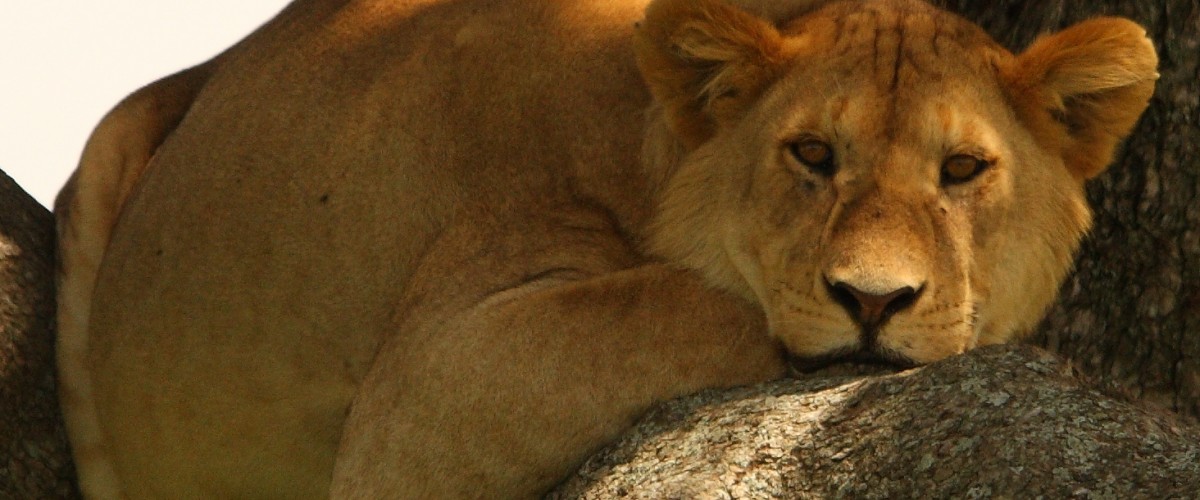
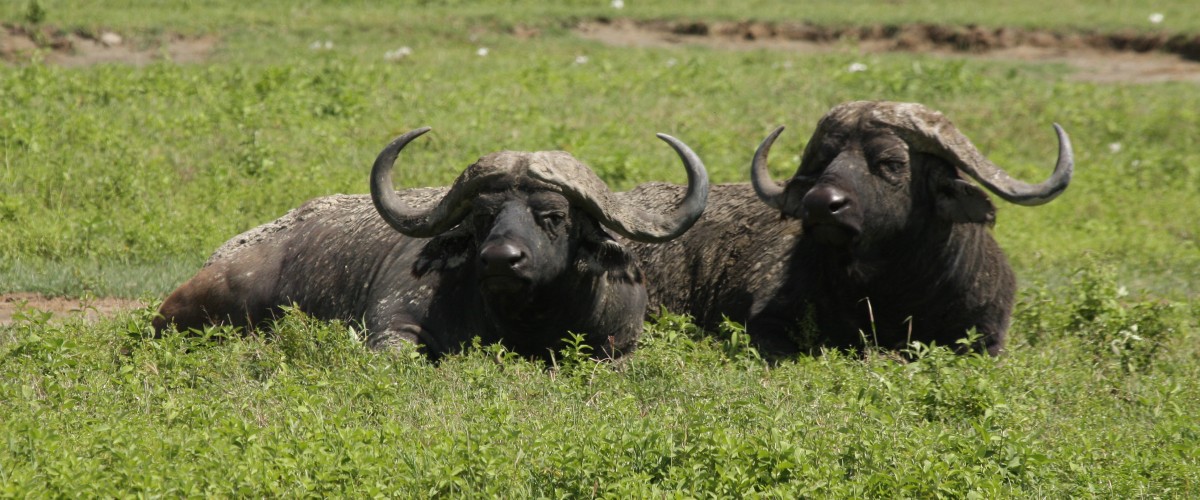
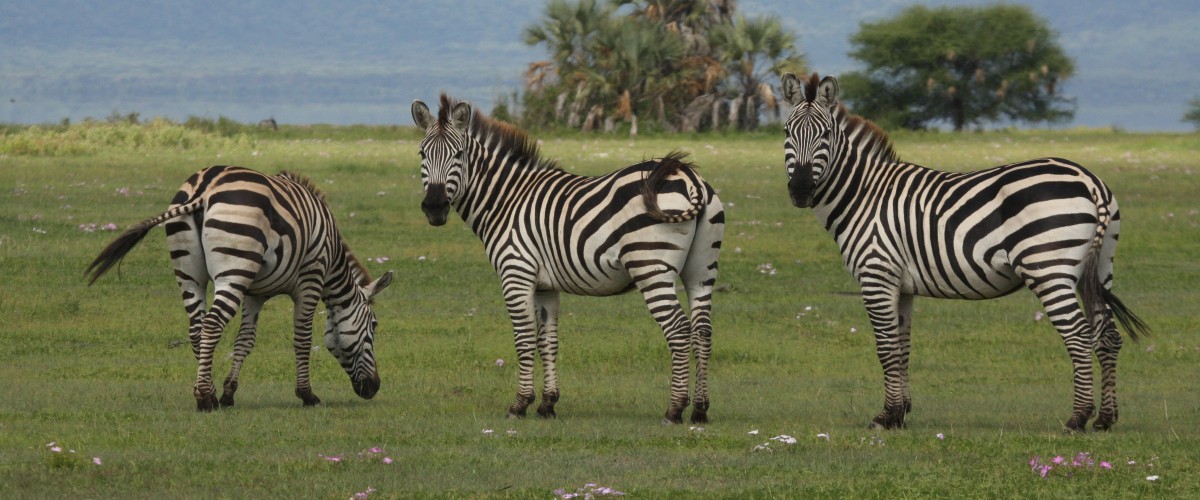
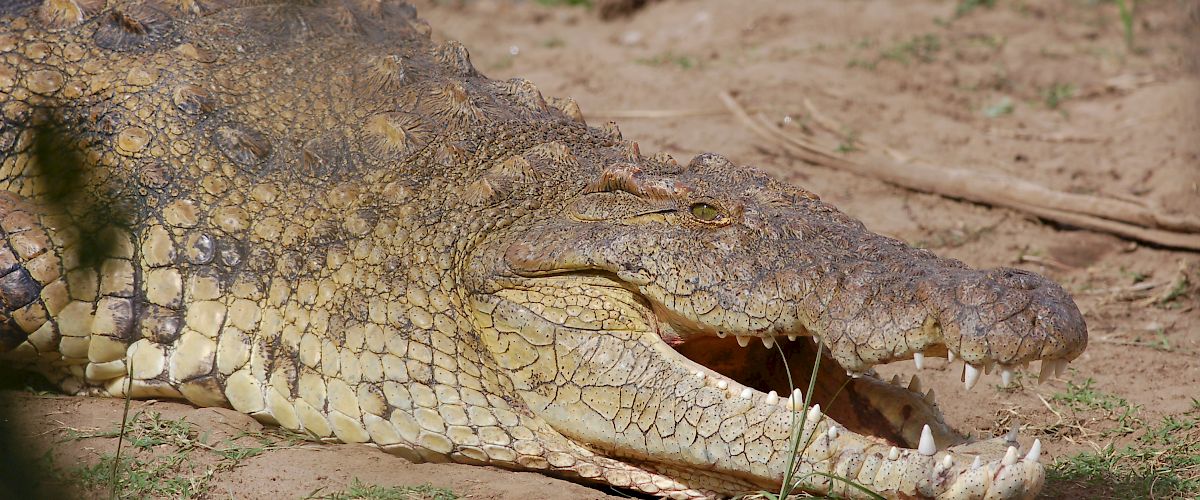
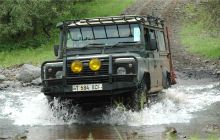

 Through our Community Development foundation, the African Roots Foundation, Bush2Beach Safaris actively supports rural communities in Tanzania's Bush and Beach.
Through our Community Development foundation, the African Roots Foundation, Bush2Beach Safaris actively supports rural communities in Tanzania's Bush and Beach.